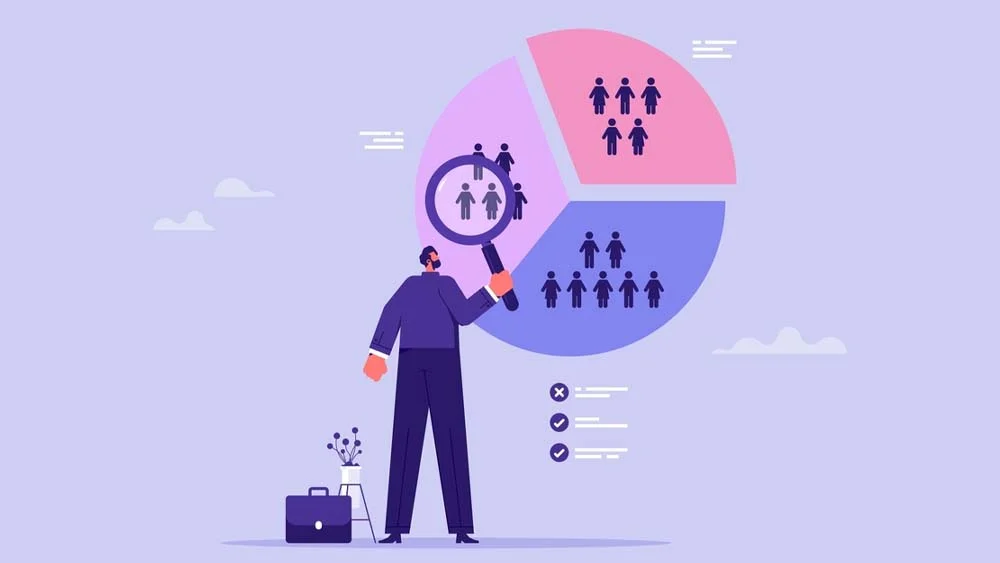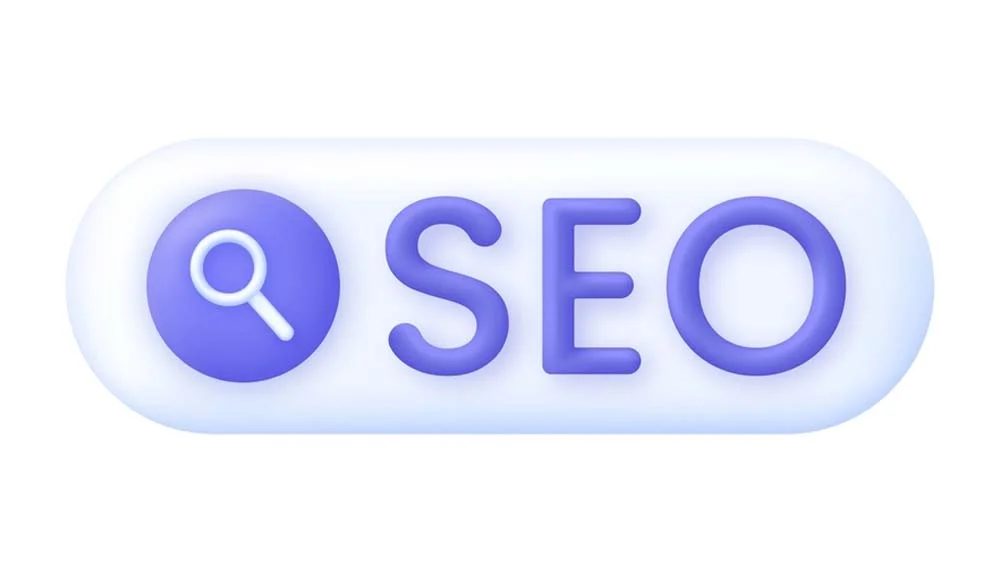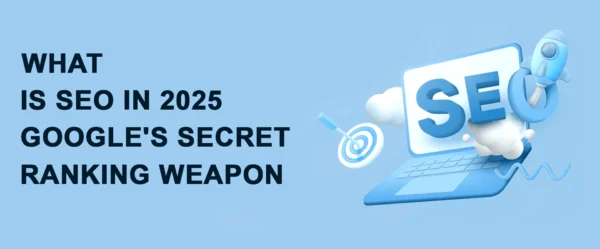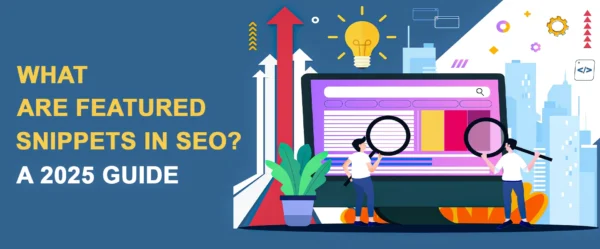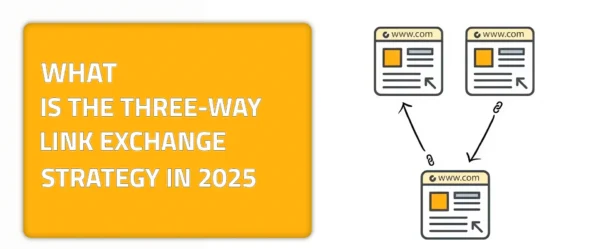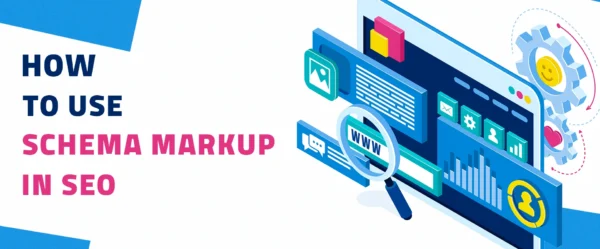I know that link baiting as a term is something that is a bit confusing. Something that people may not understand that moment they look at. However, that is why I am here today with this guide. One that will help you understand and learn all there is to know regarding link baiting. Additionally, know what mistakes should you avoid when implementing link baiting as one of your link-building strategies. But first, let us unravel together the meaning of link baiting. Moreover, get to know how important it is to increasing your organic traffic and growth.
Simply put, link baiting is a powerful strategy in digital marketing. It is designed to attract attention and earn valuable backlink. That is, by creating compelling, shareable content. It’s like crafting a magnet that draws in readers and encourages them to link to your content. This helps boost your site’s authority and visibility. However, not all link baiting efforts hit the mark. In this article, we’ll explore the top 5 common mistakes to avoid when link baiting, ensuring your strategy is as effective as possible.
The Importance of Effective Link Baiting
It is important that you implement effective link baiting. That is because it simply boosts your domain’s visibility and authority. It helps your website stand out in the crowded digital landscape of this technological era we are living in. How so? Let me tell you how link baiting works. You can start your link baiting strategy by creating content that genuinely interests and engages your audience.
The content you create will help you obtain high-quality backlinks from reputable websites. Ones that will link to your content for its quality and relevance. This will help you improve your search engine rankings. Additionally, it will help you become a top result in SERPs. Think of your link baiting strategy as a way that can help you showcase your expertise in the link building field.
This not only helps you reach a wider audience but also enhances your site’s credibility and trustworthiness. When done right, effective link baiting turns your content into a powerful tool for driving traffic and building valuable relationships within your industry, ultimately contributing to long-term online success. Now let us discuss some of the mistakes that you may fall into when you’re implementing your link baiting strategy.
The Difference Between Link Baiting and Link Building
I know that “tomato and tomAto” don’t differ that much. I know that the case is the same here when it comes to link baiting and link building. Both are similar in terms of goals but not in terms of implementations. Link building aims to actively link through guest posts, partner through link placements, exchanging links, and more. However, with link baiting, it is different. You simply create the content that you link to. You’re pitching for your target audience’s content to link to. One that is relevant to what they read, one that they resonate with easily. And that, folks, is the main difference between both link baiting and link building. Like two sides of the same coin.
Link Baiting Mistake Number One: The Pitfall of Sensationalism
Sensationalism is a word that is yet to be understood in the field of link building. So what is the pitfall of sensationalism? Let me tell you. This is the mistake of focusing on clickbait over the quality that you provide. This is one mistake that can undermine your credibility and jeopardize your audience’s familiarity with what you have to offer. Sensational headlines designed solely to attract clicks often promise more than they deliver, leading to high bounce rates and diminished trust among readers. For instance, a headline claiming “You Won’t Believe What Happened Next!” might draw initial interest, but if the content doesn’t live up to expectations, readers are likely to feel deceived. Additionally, they may feel less inclined to engage with your site in the future.
The real challenge is to balance enticing headlines with substantive, valuable content. Instead of relying on sensationalism, focus on creating content that provides genuine insights. Content that simply provides readers with solutions. Moreover, content that offers unique perspectives. For example, if you’re writing about industry trends, back up your claims with well-researched data and actionable advice. This approach not only builds credibility but also encourages readers to share and link to your content. That is, because they will find that it is both informative and trustworthy. By prioritizing quality over clickbait, you create a more sustainable and effective link-baiting strategy that attracts and retains a loyal audience while enhancing your site’s reputation.
Mistake Number Two: Not Paying Enough Attention For Your Target Audience
In the world of link baiting, understanding your target audience is something of the essence. Content creation was never about writing two lines of something that was catchy and stopping there. You actually have to blend in your creativity with some hard work. You have to understand who you’re addressing with your content. Ignoring your target audience is a critical mistake that a lot of people fall into when it comes to link baiting. This is one mistake that can jeopardize even the most well-crafted content. When your content doesn’t align with the interests and needs of your intended audience, it risks being overlooked or dismissed.
Which leads to poor engagement and minimal backlinks. For instance, if a tech blog creates content about advanced AI topics for a general audience, it may simply fail to reach readers who lack technical expertise or who are not interested. Why is this important to highlight? Well, because this can result in low interaction and fewer shares.
To avoid this, it’s essential to conduct thorough target audience research. That is, to understand their preferences, pain points, issues, and interests. Tools like Google Analytics, social media insights, and user surveys can provide valuable data on what resonates with your audience. Another way to implement this is engaging with your audience through comments, forums, and social media platforms. This can offer real-time feedback and help tailor your content to their needs. By aligning your content with the specific interests of your target demographic, you enhance its relevance and appeal, making it more likely to attract attention and generate the valuable backlinks you seek. Avoiding this mistake will not only boost your content’s visibility but also build a stronger connection with your audience. Which will in turn foster long-term engagement and loyalty.
Link Baiting Mistake Number Three: Overlooking SEO Best Practices
Overlooking SEO best practices is a critical mistake in link baiting. This is a mistake that could undermine your efforts. Poor SEO can prevent your high-quality content from reaching its intended audience. This could cause you a disaster that could simply limit your visibility. Additionally, limit or even eliminate, the potential for valuable backlinks.
Without proper keyword optimization, meta descriptions, and internal linking, even the most engaging content may go unnoticed by search engines. Integrating SEO into your link baiting strategy is essential; it ensures that your content ranks well and attracts organic traffic. By focusing on SEO elements like keyword research, on-page optimization, and link-building tactics, you enhance your content’s discoverability and maximize its impact in generating backlinks.
Mistake Number Four: Not Tracking or Analyzing Your Performance
Failing to track and analyze performance can damage your link baiting efforts. Analytics play a vital role in understanding how well your content is resonating with your audience and attracting backlinks. Without tracking key metrics, it’s like navigating in the dark—you won’t know what’s working or where improvements are needed. Tools like Google Analytics, Ahrefs, and SEMrush provide valuable insights into your content’s performance.
Key metrics to monitor include the number of backlinks generated, referral traffic, and social shares. By regularly analyzing this data, you can identify successful strategies and replicate them, as well as pinpoint underperforming content that needs refinement. Effective analysis allows you to fine-tune your approach, ensuring your link baiting efforts are not wasted and continuously improving. Ultimately, leveraging analytics helps you make informed decisions that enhance the effectiveness of your link baiting strategy, leading to better engagement and higher search engine rankings.
Mistake Number Five: Failing to Promote Your Content
Neglecting to promote your content can again worsen your best link baiting efforts. Creating high-quality, engaging content is only half the battle; without effective promotion, it might never reach its intended audience. Great content needs promotion to gain visibility, attract backlinks, and drive traffic. Think of it as launching a fantastic product without any advertising. You know that it simply won’t sell, as there will be no exposure for it.
Effective promotion tactics for link baiting include leveraging social media platforms, engaging with relevant online communities, and utilizing email marketing to share your content with a broader audience. Additionally, collaborating with influencers and industry leaders can amplify your reach, as their endorsements can attract their followers to your content.
Don’t overlook the power of SEO; optimizing your content for search engines can enhance discoverability. By actively promoting your content, you ensure it gets the attention it deserves, increasing the likelihood of earning valuable backlinks and achieving your marketing goals.
In Conclusion
Now that you’re here, you’ve reached the top five mistakes that you can make when implementing a link baiting strategy. In order to make sure that it all goes down well and as planned, you have to make sure to avoid these mistakes that I mentioned for you in this guide. Remember that link baiting is all about creating the right content.
One that resonates with your target audience and can help them interact with your content. If link building is something that you’re interested in enhancing, you can check out linkexchange.ai one of the leading platforms that will help connect you with reputable domains. Which will help enhance your backlinking quality and help you rank better on SERPs.



